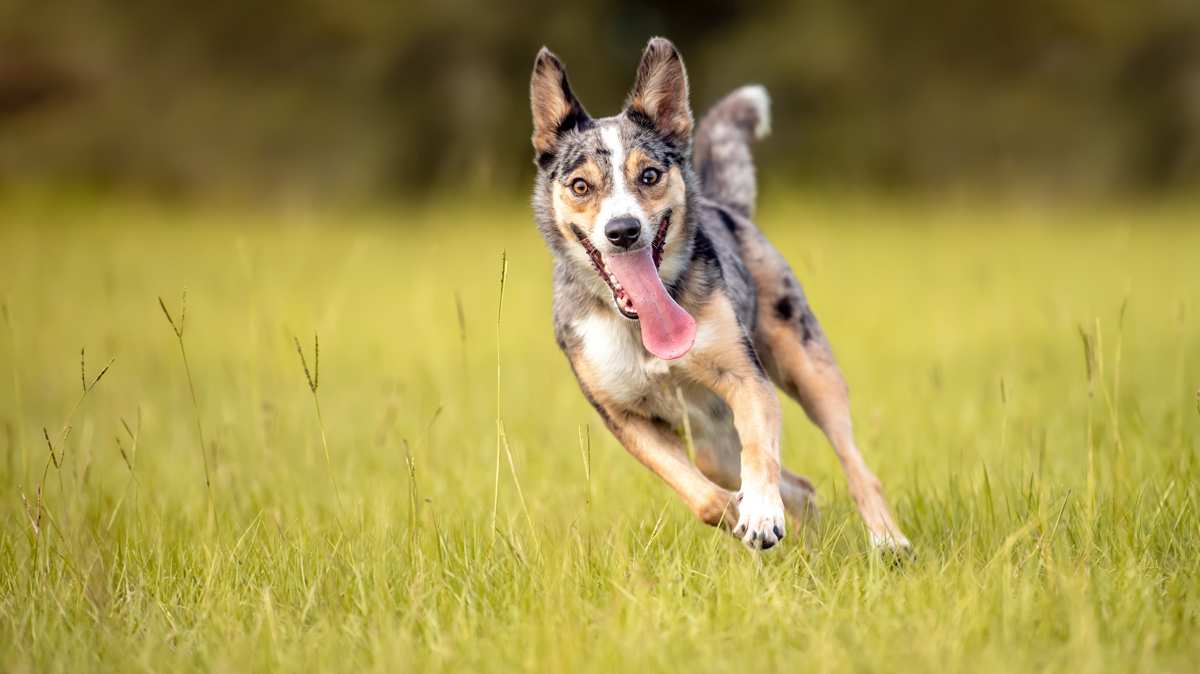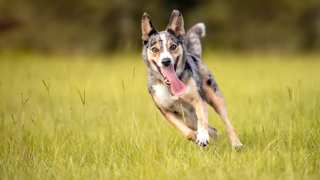Koolie Breed Details
The Koolie is a herding dog through and through. This dog was allegedly bred by accident in Australia during the mid-19th century when a Collie — from perhaps Germany, Scotland or Ireland — mated with a Dingo. The resultant dog made a good dog great and more manageable, primarily giving the Koolie as we now know it a much shorter coat. These days, the Koolie is a highly prized dog down under as it is remarkably trainable, intelligent and hard-working. Even those Koolies that have not the stamina to endure endless 14-hour days maintaining and guarding herds and flocks are well-suited for service work for police, fire and rescue agencies. These are not dogs for families who are not extremely active every day and whose activity might not include this amazing canine.
PROS
- Loves kids
- Highly alert
- Hard-working
- Easy to train
- Rather gentle
- Great stamina
- Wants to please
- Very attractive
- Excellent trackers
- Eager to learn tricks
- Loves agility training
- Superior sense of smell
- Stronger than she looks
- Astounding intelligence
- Strongly devoted to family
- Gets along with other dogs
- Instinctual herding ability
- Doesn't bark very much, if at all
CONS
- Is not a guard dog
- Aloof around strangers
- Needs a lot of space to run
- Triggered aggression toward cats
- Potential to be blind and / or deaf
- Not at all suited for apartment living
- Not recognized by the any major kennel clubs
- Requires an enormous amount of daily exercise
- Must be socialized patiently with other animals
- Has a very shy personality for first couple of years






